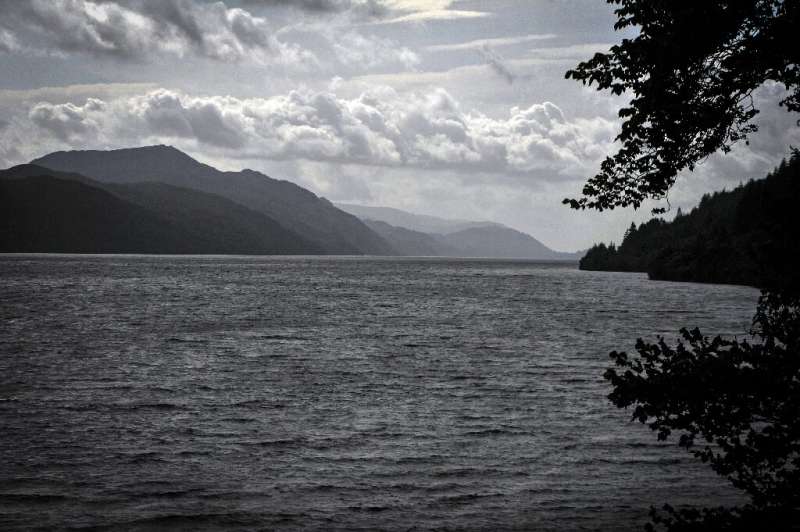Climate change quickly warming Scottish lochs: study

Climate change has caused a rapid and extensive rise in temperature in Scotland's lochs and reservoirs, according to research published on Tuesday that predicts the trend will continue if nothing is done.
Between 2015 and 2019, 97 percent of monitored Scottish lochs and reservoirs increased in temperature, with most (88 percent) warming by between 0.25 and 1.0 degrees Celsius per year over the period, the Scotland's Center of Expertise for Waters (CREW) said.
A small number,9 percent, increased by 1.0 to 1.3 degrees Celsius per year in the same period.
"This research has shown, for the first time, that climate change is already warming our lochs and reservoirs in Scotland, and that this trend is likely to continue," said freshwater ecologist Linda May, of the UK Center for Ecology & Hydrology, who was the lead author of the report.
"It provides early warning of the potential impacts of climate change on biodiversity, water supply and recreational use, and highlights the need for mitigation measures to be put in place as quickly as possible."
It is expected that waters in the south and east of Scotland are expected to warm the most at first, but this climate-related impact will reach all parts of the country by 2040.
Researchers warn that warming and changes in rainfall patterns associated with climate change increase the risk of outbreaks of harmful algal blooms, which outcompete other freshwater plant species and produce toxins that can affect animals and people.
Scotland's Environment Minister Mairi McAllan said the research provided "yet more worrying evidence" of the risks of harm from climate change on Scotland's water environment.
"Scotland is renowned worldwide for the quality of our water," she said.
"Research like this will be hugely valuable in informing the development of policy solutions and measures to mitigate and adapt to climate change, and also protect, restore and enhance these vital natural assets."
The report recommends reducing the amount of phosphorus and nitrogen entering lochs and reservoirs from their catchments as these are the main driver of algal blooms.
Sources of these plant nutrients—present in synthetic fertilizers as well as human and animal waste—include farm runoff and waste water discharges.
© 2022 AFP




















